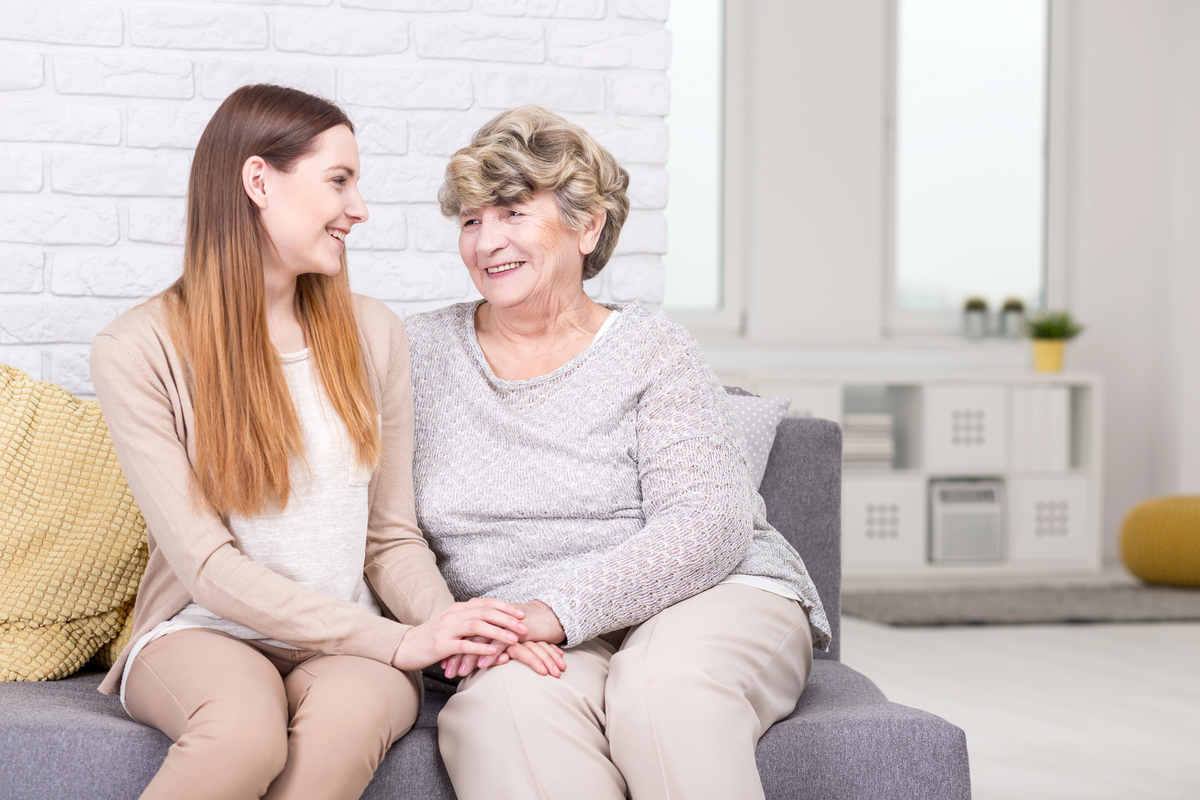A Guide To Fall Prevention Strategies In A Senior Living Home In Sheboygan, WI

As we age, the risk of falling increases, making fall prevention absolutely essential for the safety and well-being of the elderly. In a senior living home in Sheboygan, WI, prioritizing fall prevention is crucial to maintaining a safe environment for residents. Here’s a guide for implementing effective strategies to minimize fall risks in retirement communities.
Conducting Fall Risk Assessment
One of the first steps in fall prevention is assessing the risk factors for each resident. By conducting a thorough evaluation of an individual's health history, mobility and current conditions, the team members can identify potential fall risks and tailor interventions accordingly. Collaborate with healthcare professionals to assess factors such as past falls, mobility limitations, medications and cognitive status.
Promoting Physical Activity and Strength
Encouraging regular physical activity is paramount in reducing fall risks among residents. Implement exercise programs that focus on improving strength, balance and flexibility. Activities like strength training, balance exercises and tai chi can significantly enhance stability and mobility. Work with residents to create personalized exercise plans that suit their abilities and preferences.
Utilizing Technology for Monitoring
Incorporating technology into fall prevention efforts can provide valuable support. Consider using wearable devices or monitoring systems that track residents' movements and detect changes in activity patterns. These technologies can alert caregivers to potential fall risks and enable timely intervention. Additionally, explore innovative solutions like AI-powered gait analysis tools to assess mobility and identify areas for improvement.
Addressing Environmental Hazards
An important aspect of fall prevention is identifying and addressing environmental hazards within the retirement community. Conduct regular safety assessments to identify potential risks such as slippery floors, inadequate lighting and tripping hazards. Take proactive measures to eliminate hazards by installing handrails, improving lighting and ensuring clear pathways throughout the community.
Promoting Proper Nutrition and Hydration
Maintaining optimal nutrition and hydration is essential for overall health and fall prevention. Ensure that residents have access to nutritious meals and beverages throughout the day. Educate residents about the importance of staying hydrated and consuming a balanced diet rich in essential nutrients. Address any dietary concerns or restrictions to support residents' well-being and minimize fall risks associated with weakness or dehydration.
Encouraging Regular Vision and Hearing Checks
Vision and hearing impairments can significantly increase the risk of falls among the elderly. Encourage residents to undergo regular vision and hearing screenings to detect any changes or issues that may affect their balance or spatial awareness. Provide assistance in scheduling appointments with healthcare providers and obtaining necessary aids such as glasses or hearing aids to optimize sensory function.
Collaborating with Healthcare Professionals
Collaboration with healthcare professionals is vital in implementing comprehensive fall prevention strategies. Work closely with physicians, nurses, physical therapists and other specialists to develop individualized care plans for residents at risk of falls. Regular communication and coordination ensure that residents receive the necessary support and interventions to minimize fall risks and promote safety.
Educating Residents and Caregivers
Empowering residents and caregivers with knowledge about fall prevention is key to creating a safe and supportive environment. Offer educational resources, workshops and training sessions on fall prevention techniques, safety measures and emergency procedures. Encourage open communication and encourage residents to report any concerns or incidents promptly.
By implementing these proactive fall prevention strategies, retirement communities can create a safer and more secure environment for residents. It’s important to prioritize resident safety, promote physical activity and wellness, address environmental hazards and collaborate with healthcare professionals to minimize fall risks and boost quality of life.
